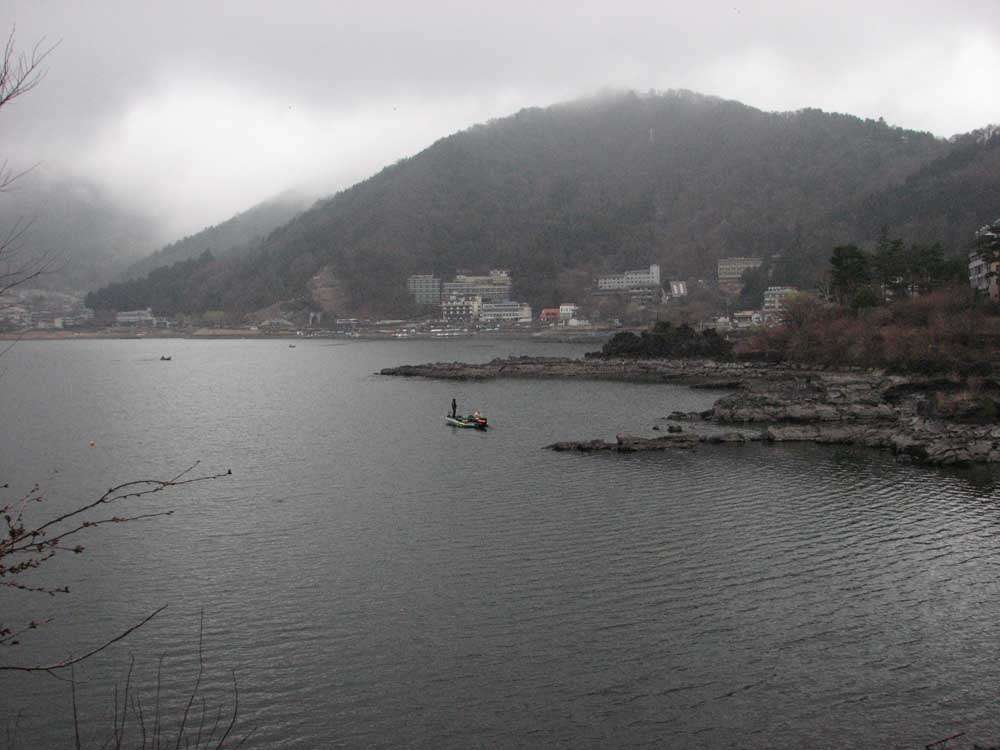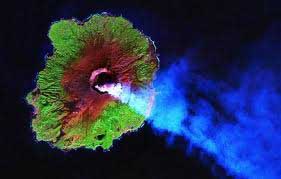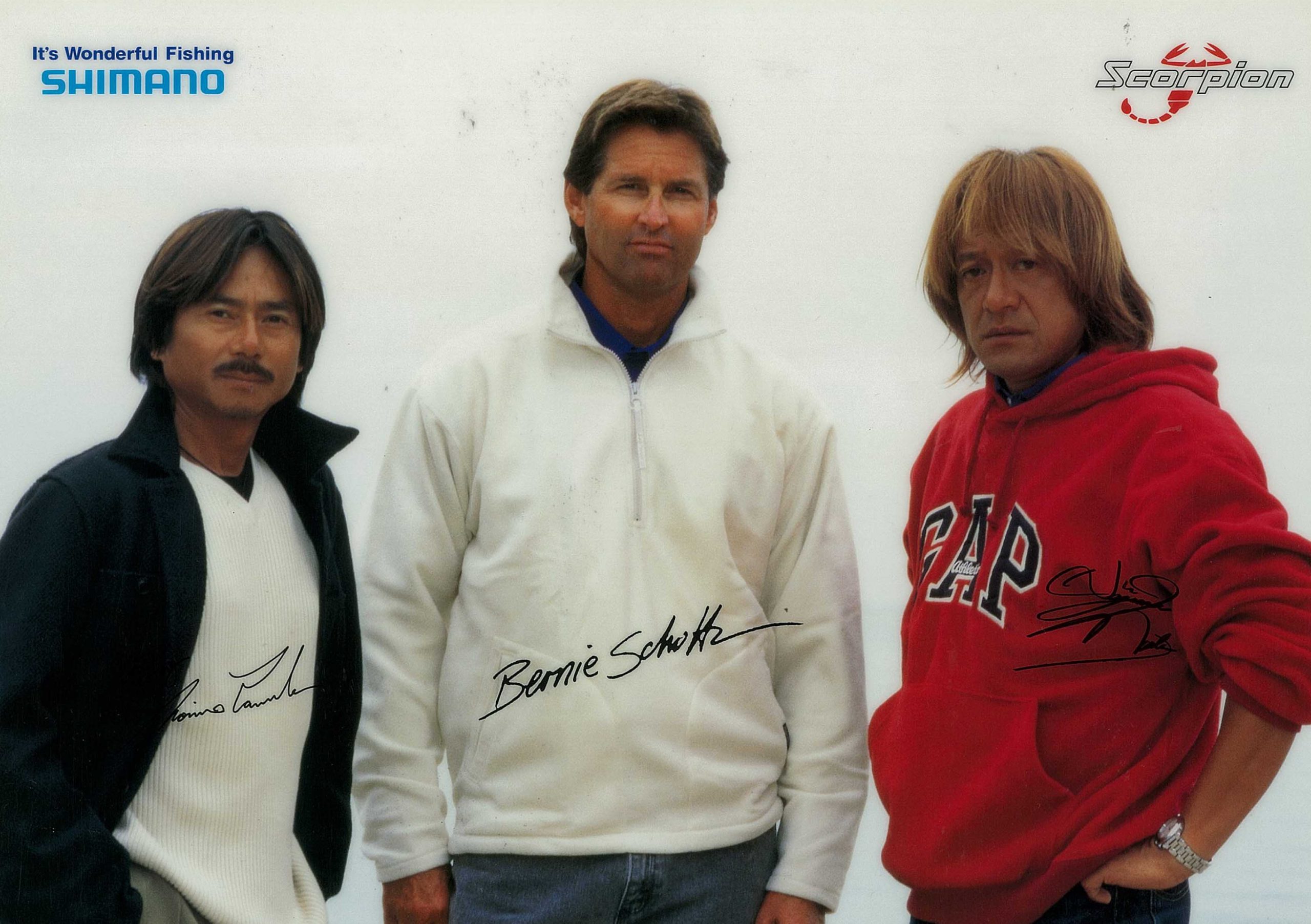
In the previous installment of Pro Spective, I gave an account of my first angling experience in Canada, and how that led to many other subsequent trips there. I went on to explain the beginnings of my relationship with Shimano, and how that brought an opportunity to fish for bass in Japan.
If you haven’t read that installment, please do, as it will bring you up to speed for what I’m about to share.
Serving Shimano
As my relationship with Shimano grew, other filming opportunities came about. My next few trips included visits to Lake Biwa and Lake Ikehara — places known for giant bass. In fact, it was the trip to Lake Ikehara where I saw the biggest bass of my life!
I remember it well. It was bedding season, and I was poised on a six pounder spawning on the limb of a flooded tree. Ikehara is deep and clear, and its banks are nearly vertical. Unless the fish use the few available shallow ledges, flooded timber is their only other option for building nests.
About 15 minutes into working this six pounder, one of the camera guys in my boat starts screaming, “Big bass, big bass!” Fully distracted, I turned to see what he was yelling about. And there, bigger than life, was a monstrous fish cruising just beneath the surface. Surrounding it was a school of five and six pounders, as if they were engaged in some sort of dance ritual. The smaller fish swarmed the leviathan, bumping and brushing against her as they escorted her down the bank.
Immediately, I abandoned the fish in the tree to pursue the monster. But as I trolled alongside hoping for a shot, the school never stopped — they swam slowly into deeper water, until they were completely out of sight.
I was blown away by the event. Until that time, the largest fish I had seen in the wild was maybe 13 or 14 pounds. The Ikehara fish was clearly almost twice that size!
Later that afternoon, I found and caught a nine pounder. But the success of that catch did little to erase the image of the giant fish, which to this day still haunts me.
Rock Fever

During a winter trip to the Tokyo Tackle Show, I was given an opportunity to fish on nearby Miyake Island. And though the target species were a type of saltwater snapper, I was drawn to the island’s only freshwater pond, where largemouth bass had recently been introduced. It was gorgeous and full of milfoil, but the yearling fish were just too small to pursue. So I abandoned that prospect and concentrated on the saltwater program instead.
To reach the better fishing grounds, we boarded pangas and were transported to a series of offshore rock piles. There, we dipped tiny shrimp into crystalline, deep blue water for “mejina” (an odd reef fish that grow to about 10 pounds). The rods we used were strange, too — almost 20 feet in length and made of the highest modulus graphite imaginable. Attached to the line were special bobbers, brightly colored and designed to control the sink rate of the bait in swift current. According to the locals, mejina are smart and difficult to catch. As far as I’m concerned, that’s true. I managed to fool very few of them.
To the Japanese, “rock fishing” is a science, and every component is of the highest possible grade. Considering the cost of equipment and what one has to go through to get there, it’s definitely a rich man’s sport.

For me, it wasn’t so much about the fishing as the adventure. Miyake Island, though beautiful and green, is a live, active volcano. The locals there are reminded daily of its volatility, as plumes of smoke and steam seep from vents atop the island’s classic, cone-shaped peak.
One day we visited the summit. Never before had I been so humbled by nature — not only by the sight of hot lava and smoke oozing from the volcano’s many fissures, but also by the limitless view across the Sea of Japan. It was spectacular, and I felt privileged to be there.
Next time I’ll take you to Mexico for some trophy bass fishing and an adventure in saltwater. Then I’ll share some of my most memorable bluewater catches, including marlin, swordfish, sails and big dorado. Then it’s off to Spain for the European Bass Classic on Lake Caspe.
Stay tuned!

